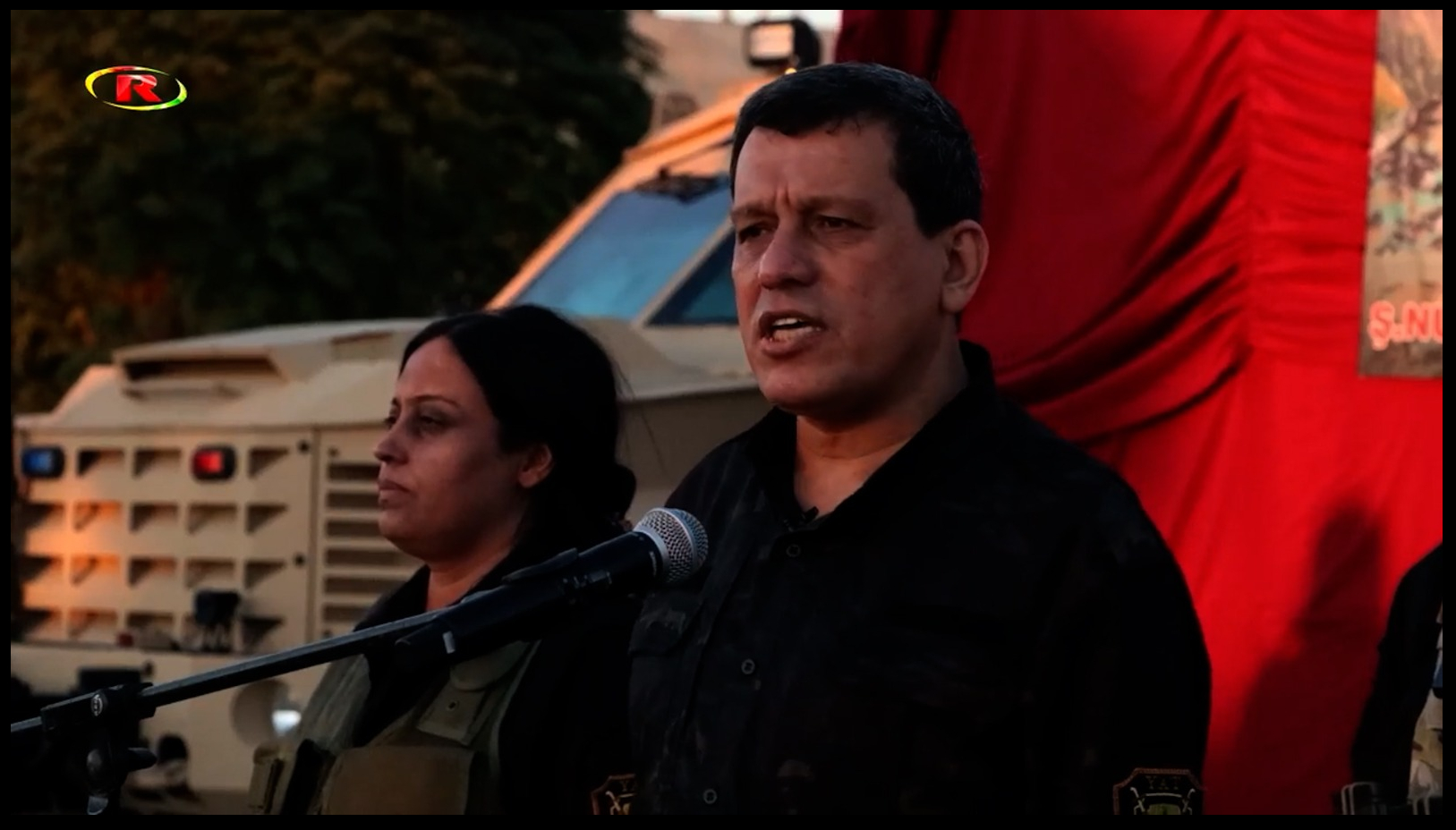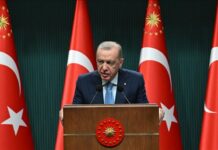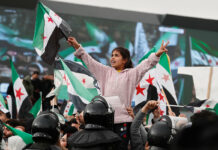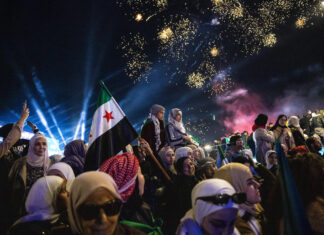
After months of stalled negotiations and intermittent clashes, Syria’s central government and the Syrian Democratic Forces (SDF) appear to be edging closer to implementing the long-delayed March 10 agreement on unifying the country’s military structure. The development follows a series of high-level meetings in Damascus earlier this month, where both parties agreed “in principle” on the mechanism to merge SDF fighters into the Syrian army.
Mazloum Abdi, commander of the SDF, confirmed in an interview with the Associated Press on October 16 that the agreement provides for the integration of tens of thousands of SDF troops and thousands of internal security forces as organized formations rather than as individuals. “These forces cannot join the Syrian army individually, like other small factions,” Abdi said. “They will join as large military formations formed according to the rules of the Ministry of Defense.”
He noted that a joint committee, including Syrian Defense Minister Marhaf Abu Qasra, would oversee the process. Abdi added that experienced SDF officers are expected to assume leadership roles within the national army and Ministry of Defense (MoD).
Implementation Overshadowed by Renewed Fighting
The optimism surrounding the agreement comes as clashes between the two sides intensified in Aleppo’s countryside. The Deir Hafer region has seen repeated shelling and drone attacks since August, according to reports by the Hawar News Agency, which is affiliated with the SDF. The outlet said eight civilians, including four children, were killed in the past three months during government strikes on populated areas.
A Syrian military source, speaking to a local outlet on the condition of anonymity, rejected those claims, saying government fire was “limited to SDF firing positions” and that “reports of targeting civilian areas are inaccurate.” The source described the incidents as “exchanged messages” rather than a return to full-scale confrontation.
Escalations indicate the fragility of the cease-fire, even as both sides claim reconciliation. The MoD accused the SDF earlier this month of violating the cease-fire agreement over 10 times in 48 hours around the Tishreen Dam, killing a soldier.
Regional Implications and a Cautious Outlook
Observers say Turkey’s reaction could shape how quickly the agreement takes effect. Ankara regards the SDF as an offshoot of the PKK, which is a designated terrorist organization. However, Abdi claims that recent discussions suggested “some flexibility in the Turkish position” regarding the SDF’s integration.
He expressed cautious optimism that national unity could help deter foreign interference. “If we Syrians agree—as is happening now—Turkey will have no excuse to intervene inside Syria,” Abdi said.
Despite the progress, implementation of the March 10 accord remains uncertain amid ongoing skirmishes and unresolved political mistrust. Yet, the latest talks mark the most concrete step toward a unified military command since the fall of Bashar al-Assad’s regime in late 2024—a potential turning point in Syria’s long and fractured path toward stability.








